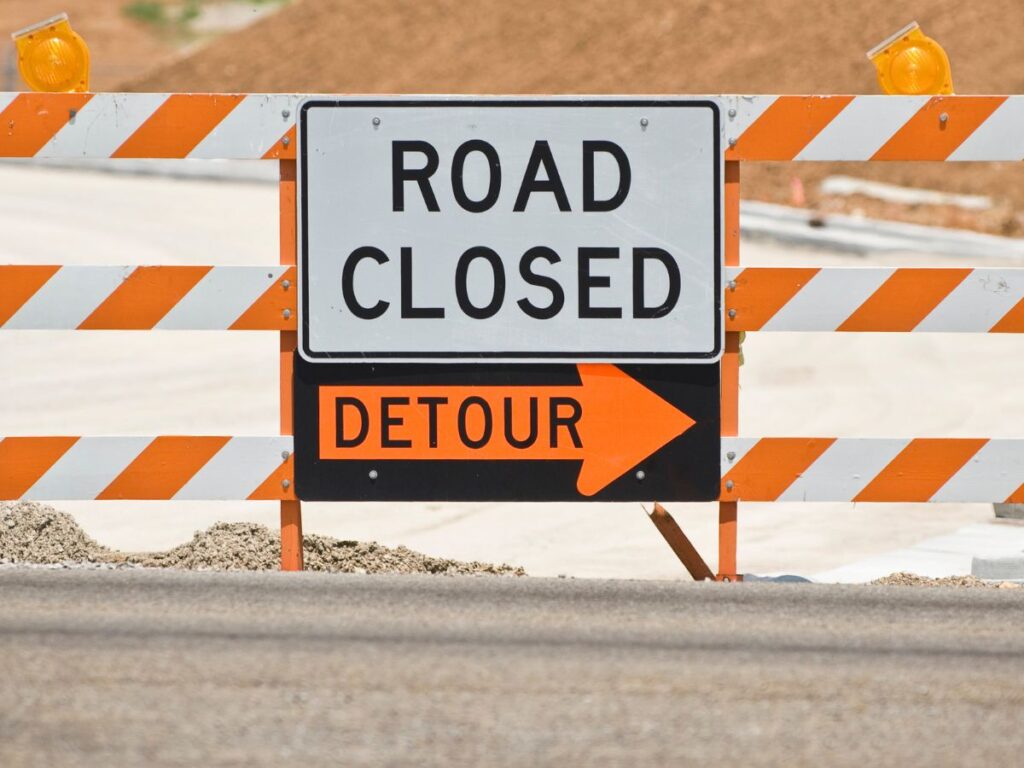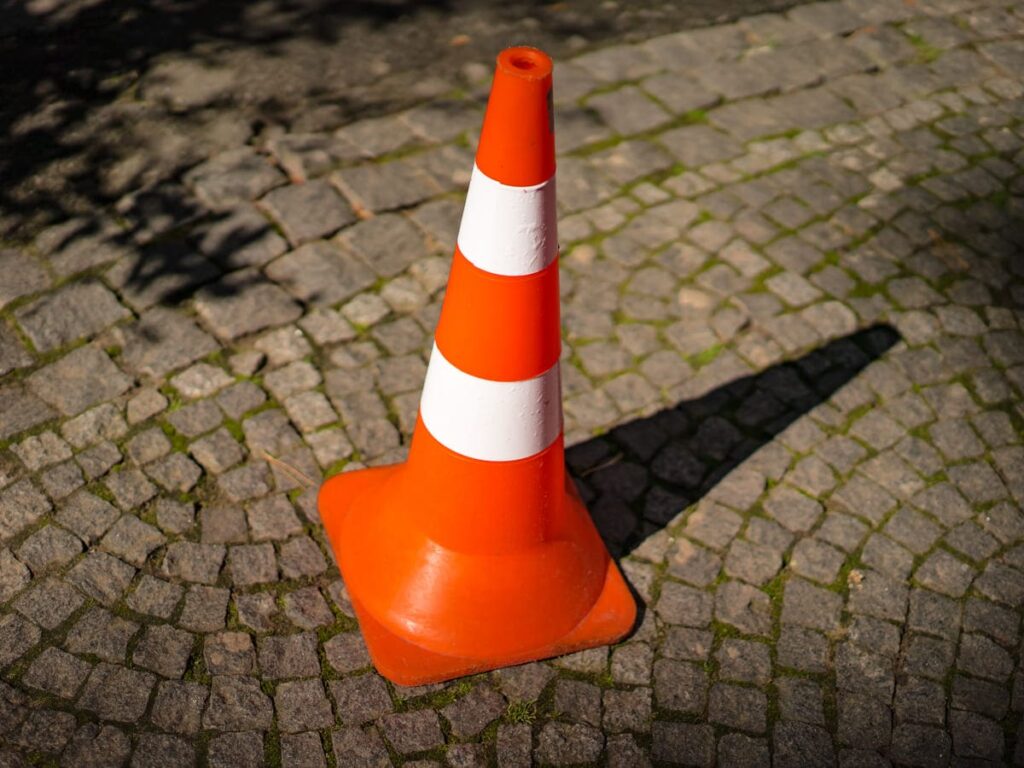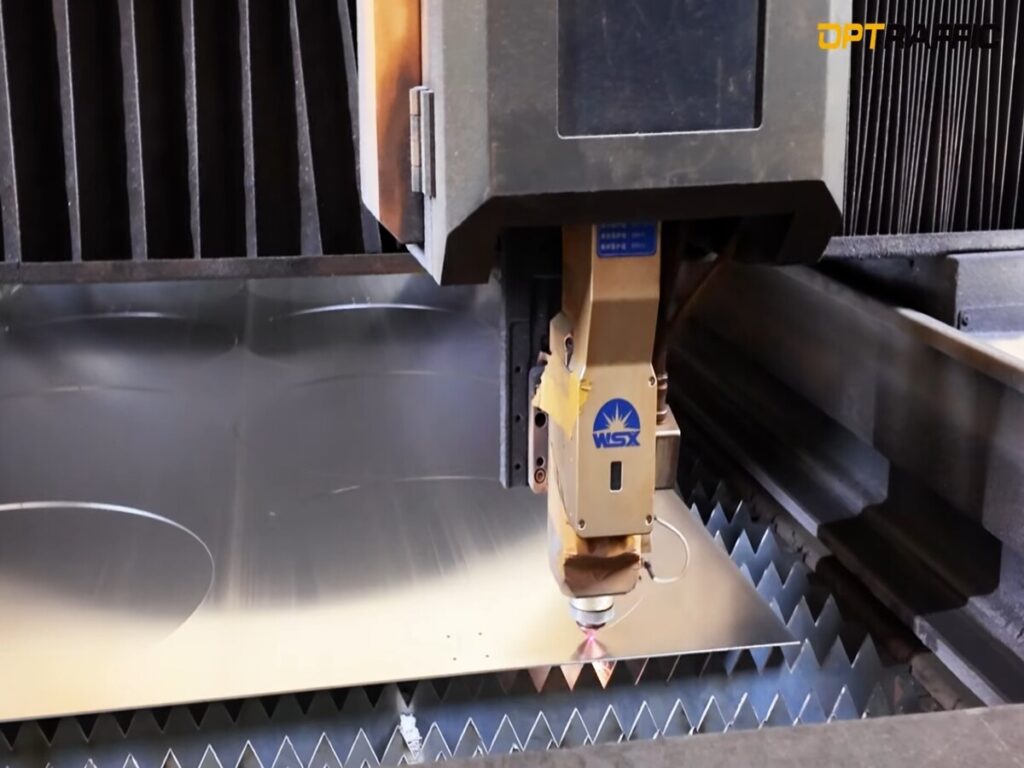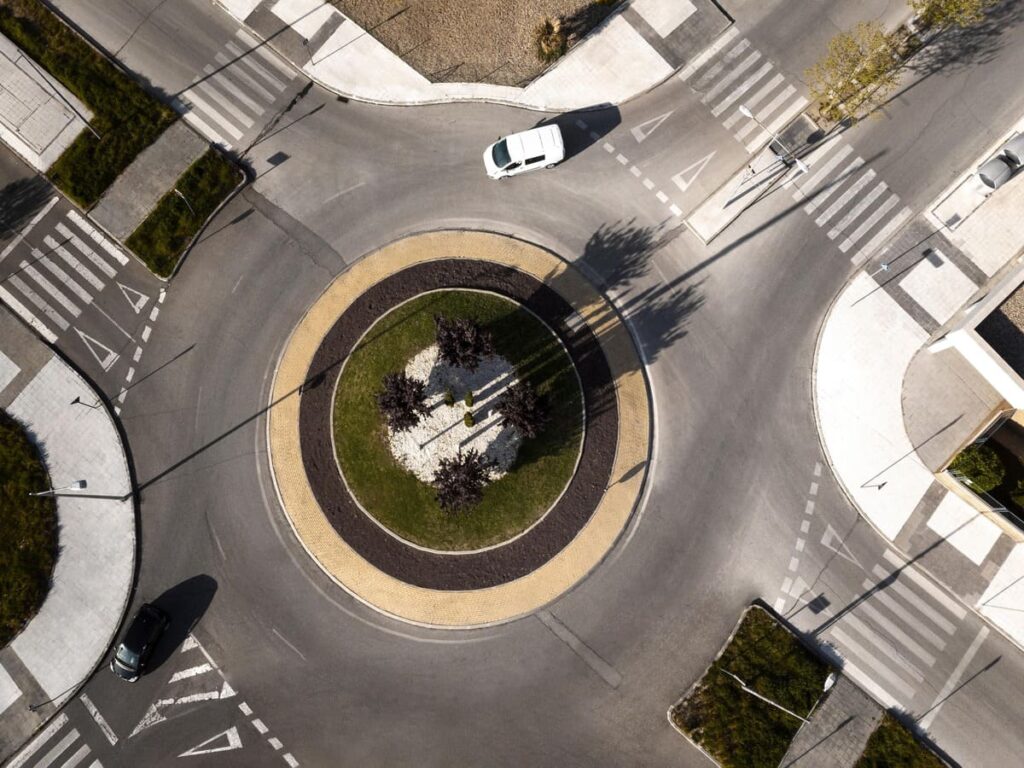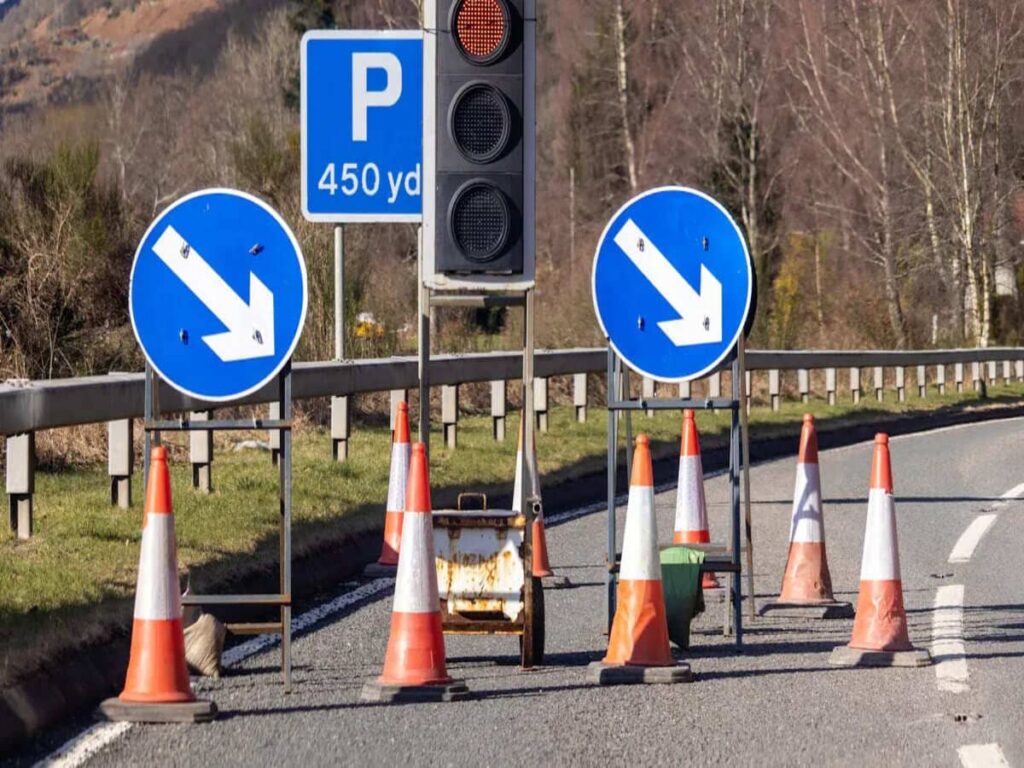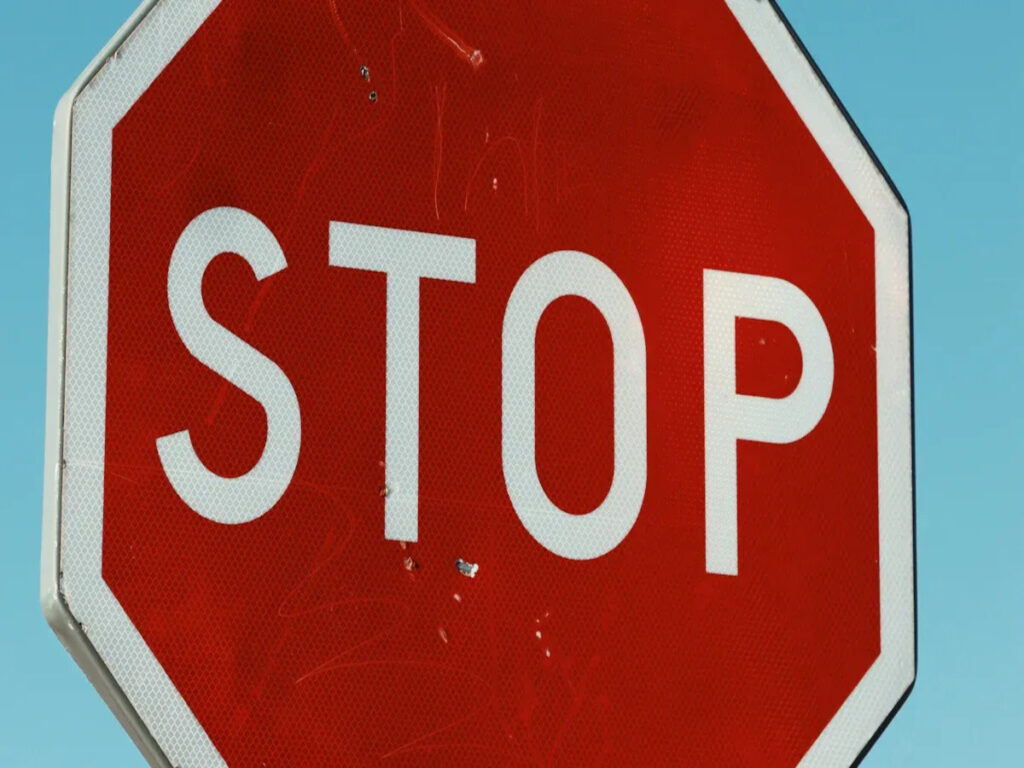
ほとんど 道路交通標識 ケベックではフランス語です. この州にはフランス語憲章や法案などの言語法がある。 96. これらの法律では、公共の標識ではフランス語を主要言語としなければならないと規定されています. フランス語が唯一の公用語であるため、ケベック州のほとんどの標識にはフランス語が記載されています. ケベック州に住んでいる人、またはケベック州を訪れている人が道路でフランス語を見かける. これはケベック州が言語と文化を保護したいと考えていることを示しています.
キーテイクアウト
- ケベック州のほとんどの道路標識はフランス語を使用しています. この州ではフランス語が唯一の公用語です.
- ビルのような法律 101 そしてビル 96 公共の標識ではフランス語を主要言語にしなければならないと言う. フランス語の単語は最大で見やすくなければなりません.
- バイリンガル標識にはいくつかの例外があります. これらは観光地にあります, 空港, そして安全のために. これは訪問者や英語を話す人々に役立ちます.
- 訪問者は標識の色と記号を確認してください. これらは、記号が何を意味するかを示すことができます, フランス語がわからなくても.
- 翻訳アプリを使用すると、フランス語以外の言語を話す人を助けることができます. 簡単なフランス語をいくつか学ぶと、ケベック州での運転がより簡単かつ安全になります.
ケベック州の言語としてのフランス語 道路交通標識
公用語のステータス
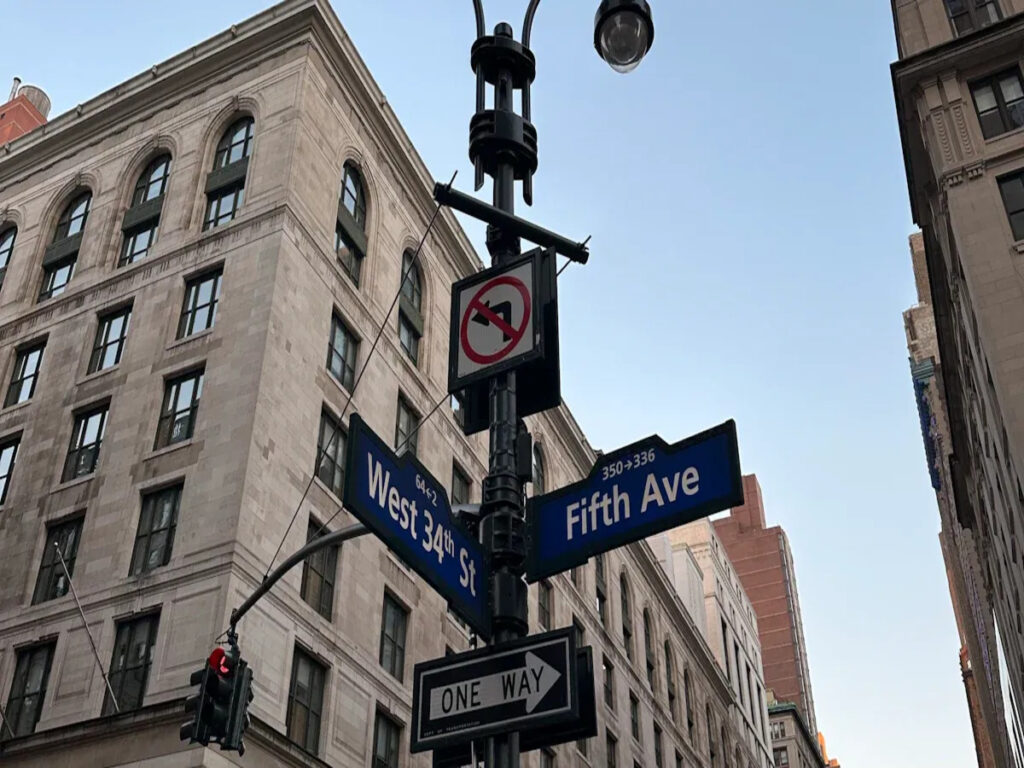
フランス語はケベック州の唯一の公用語です. 政府はすべての仕事とサービスにフランス語を使用しています. ケベック州の道路交通標識はこの規則を示すためにフランス語を使用しています. 同州の言語法では、公共の標識にはフランス語を表記しなければならないと定めている, ドライバーや歩行者用のものなど. これらのルールにより、公共の場では誰もが最初にフランス語を見ることができます. これにより、ケベック州の特別なアイデンティティが維持され、日常的にフランス語を使用できるようになります。.
ケベック州で, フランス語は単なる会話の手段ではありません. それはその州の文化を表しています, 歴史, そして信念. 道路標識でフランス語を使用することは、ケベック州のこの地域を保護することがいかに重要であるかを示しています.
フランス語憲章 (請求書 101)
フランス語憲章, 呼び出されました 請求書 101, で法律になった 1977. この法律によりフランス語が仕事での通常言語になりました, 学校, そして公生活. 請求書 101 そしてビルのような新しい法律 96 フランス語のみ、またはほとんどがフランスの道路標識の主な規則です. これらの法律では、フランス語はわかりやすく、すべての公共の標識で最初に表示されなければならないと規定されています.
憲章の目標は、フランス語をケベック州の主要言語にすることでした. ビルの前 101, 標識はフランス語と英語の両方で表示される場合があります. この憲章はフランス語を最も重要なものとし、これを変えました。. その後の法律, ビルのように 178 そしてビル 86, 法廷の問題に答え、フランス語の重要性をさらに高めた. 請求書 96 これらのルールを強化しました, したがって、ビジネスの看板や商標もフランス語をより多く表示する必要があります.
- 屋外のすべての公共標識ではフランス語を主要言語にしなければなりません, 道路標識も含めて.
- 特別な規則が満たされない限り、法律により他の言語が制限されています, フランス語を最優先にする.
- 企業や公的団体はフランス語で人々を支援する必要があります, 言語に対する強力なサポートを示す.
- 法律はグループに言語と文化を尊重するよう求めている, 公生活においてフランス語を重要視する.
- これらの規則は、ケベック州の公共の場でフランス語を主要言語として維持するのに役立ちます.
ケベック州の言語法は、州の文化と言語を保護しようとしています. 標識の主要言語をフランス語にする, 道路標識のように, ケベックをカナダの他の場所と区別するのに役立ちます. この取り組みは、文化を安全に保つというケベック州の約束の一部です. 毎日フランス語を見ることで、フランス語を話すケベック州のアイデンティティと歴史を知ることができます.
フランス語標識の規則と施行
公共標識の要件
ケベック州にはフランス語の標識に対して非常に厳しい規則があります. これらの規則はすべての公共標識を対象としています, 道路交通標識も含めて. 法律では、これらの標識ではフランス語を主要言語として使用する必要があると定められています. 標識は誰にとっても読みやすくなければなりません. フランス語の単語は常に明確で見やすくなければなりません. 標識にフランス語と他の言語の両方が使用されている場合, フランス語の単語は少なくとも2倍の大きさでなければなりません. フランス語のスペースも他の言語の 2 倍以上でなければなりません. デジタルサイン用, フランス語の単語は他の言語の 2 倍長く画面上に表示されなければなりません.
大きな看板, それらのように 16 平方メートル以上で高速道路から見える, フランス語のみを使用する必要があります. これにより、ケベック州のどこにいてもフランス語が簡単に認識できるようになります. 以下の表は、フランス語の標識に関するいくつかの主な規則を示しています。:
| 要件の側面 | フランスの優位性のための特定の要件 |
|---|---|
| フォントサイズ | フランス語のテキストは、他の言語のフォント サイズの少なくとも 2 倍でなければなりません. |
| 配置 | フランス語と他の言語が別々の標識に表示されている場合, 別の言語の場合は、フランス語記号が 2 つ必要です. |
| 視覚的なインパクト | フランス語のテキストは同等以上の可読性と永続的な可視性を備えている必要があります. |
| 動的な兆候 | フランス語のテキストは他の言語の 2 倍の長さで表示する必要があります. |
| 大きな兆候 (16㎡以上) | 高速道路から見える標識や、 16 平方メートル以上はフランス語のみである必要があります. |
これらのルールは、フランス語を公共の場で見やすく、強力に保つのに役立ちます. また、企業が法律を遵守していることを確認します.
ビルの役割 96
請求書 96 ケベック州ではフランス語の手話規則をさらに厳格化した. この法律により、公共標識とビジネス標識に関する新しい規則が追加されました。. 6月から 1, 2025, フランス語は屋外の標識にある他のどの言語よりもはるかに見やすいに違いありません. “著しく優勢” フランス語は他の言語よりもはるかに目立つ必要があることを意味します. フランス語のスペースは他の言語の 2 倍以上でなければなりません. フランス語も同様に読みやすく、常に見やすくなければなりません.
- フランス語の単語は他のどの言語よりも目立つ必要があります.
- フランス語のスペースは他の言語の 2 倍以上でなければなりません.
- フランス語は読みやすく、常に目に見えるものでなければなりません.
- デジタルサインについて, フランス語は他の言語の 2 倍長く表示する必要があります.
請求書 96 商標および商号も対象となります, すべての標識でフランス語が主要言語であることを確認する. これらの変化は、ケベック州が言語と文化を保護したいと考えていることを示しています. 政府は人々がこれらのルールに従っているかどうかをチェックし、従っていない場合は行動できる. 企業や公的団体はこれらの新しいルールに従わなければなりません、そうしないと問題が発生する可能性があります.
注記: ケベック州はフランス語の規則に重点を置いているため、ほとんどの道路交通標識はフランス語です, サイズに関する明確なルールがある, 配置, および可視性. これにより、誰もがその言語を毎日見て使用できるようになります。.
ケベック州の例外とバイリンガル道路交通標識
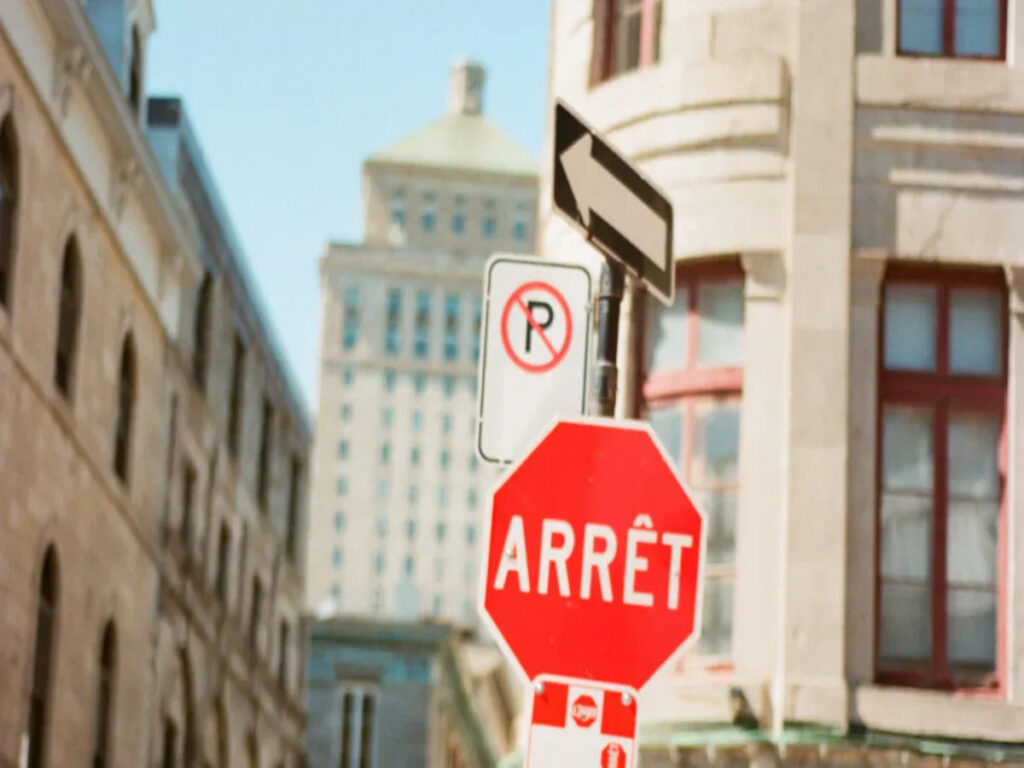
観光地と英語圏
ケベック州の道路標識では主にフランス語が使用されます. ただし一部の場所には例外があります. 観光地や英語圏の地域では、標識に 2 つの言語が使用されていることがよくあります。. モントリオールの西島にある, 多くの人が英語を話します. ここ, 一時停止の標識には「Arrêt」ではなく「Stop」と書かれています。フランセーズ事務局は、これらの標識を表すフランス語として「止まれ」は問題ないとしている. ハイドロ・ケベック州、イル・ド・ラ・ビジタシオンの自然遊歩道沿いに両国の言語で安全標識を設置. これらの標識には同じサイズの英語とフランス語の文字が使用されています. これは、地元の英語圏コミュニティと訪問者が重要なメッセージを理解するのに役立ちます.
バイリンガルの交通標識 観光客や英語話者が歓迎されていると感じられるようにする. また、指示や安全に関するメッセージを誰にとっても明確にします。.
連邦および国際的な背景
ケベック州の一部の場所では複数の言語の標識が必要です. これは連邦規則または国際規則によるものです. 空港, 鉄道駅, 国境通過ではフランス語と英語の両方が使用されます. これらの場所は、多くの国からの旅行者を助けます. 他国の人々が参加するイベントでは、多くの言語の標識が使用される場合もあります. フランス語は依然として主要言語です, しかし、他の言語も訪問者に役立ちます. 先住民族の地域では、フランス語とともに独自の言語を使用することもあります. これらの例外は、さまざまな背景を持つ人々が指示を読んで従うのに役立ちます.
安全性と特殊なケース
ケベック州の言語法では、安全標識についていくつかの例外が認められています. 規則ではフランス語を主要言語にしなければならないと定められている, ただし、必要に応じて英語または他の言語を使用することもできます. いくつかの例があります:
- フランス語も同様に見やすくなれば、公共車両には二か国語標識を設置できる.
- 国際イベントの看板, フランス語を主言語として.
- 公共の場所でのデバイスの使用方法, フランス人が目立つべき場所.
- 他言語の登録商標, でもフランス語も見やすくなければなりません.
これらの例外により、全員が安全上の注意事項を理解できるようになります. ケベック州はフランス語を主要言語として維持しているが、安全性や理解が重要な場合には他の言語の使用を認めている.
観光客としてケベック州の道路交通標識をナビゲートする
フランス語を話さない人のためのヒント
ケベックを訪れたら, ほとんどの道路標識がフランス語で表示されます. 多くの標識には、誰もが理解しやすいように絵や色が使用されています. これはフランス語がわからなくても使えます. 例えば:
- 緑はドライバーに何をしなければならないかを指示します.
- 赤は何かが許可されていないことを意味します.
- 黄色は前方に危険があることを警告します.
- オレンジ色は道路工事があることを示します.
ケベック州では、フランス語を話せない人々を助けるためにこれらの色と記号を使用しています。. これらの機能により、誰もが運転しやすくなります. まだ, ケベック州での運転が難しいと感じる訪問者もいます. 2ヶ国語表記の標識が少ないからです. フランス語を話す人でもモントリオールの道に戸惑うことがある.
ヒント: 形をよく見てください, 色, そして各看板の写真. これらのことは、言葉以上に多くのことを伝えてくれる場合が多い.
資源と地域適応
ケベック州には道路標識を翻訳する公式のガイドやアプリがありません. ほとんどの標識には、多くの国の人々が知っている記号が使用されています. 訪問者は翻訳アプリやウェブサイトを利用して、分からないフランス語を確認できます. Copilote+ アプリは駐車には役立ちますが、標識は翻訳しません.
ケベック州の人々は、道に迷ったり混乱したりしている訪問者をよく助けます. 観光地で, 多くの人が英語を話し、標識の説明や道案内ができます。. 旅行者は旅行前に簡単なフランス語をいくつか学ぶこともできます. これにより、ケベック州での運転がより安全かつ簡単になります.
ケベック州には、その特別な言語規則と文化を示す道路標識があります. ほとんどの標識はフランス語です. 例外はほんの少しだけあります. ケベック州に住んでいる人、またはケベック州を訪れる人はこれらの規則を知っておく必要があります.
- ドライバーの安全を確保するためにケベック州の道路標識が変更される. また、人々がどこへ行けばよいかを知るのにも役立ちます.
- 訪問者は簡単な交通標識を学ぶ必要があります. 彼らはケベックに来る前にフランス語の単語も学ぶ必要があります.
- 路上で礼儀正しく忍耐強く行動することで、誰もがより良い時間を過ごすことができます.
ヒント: 翻訳アプリや会話集を持参する. これは、ケベック州で知らない標識を理解するのに役立ちます.
よくある質問
ケベック州のすべての道路交通標識はフランス語のみで表示されていますか??
ケベック州のほとんどの道路交通標識はフランス語を使用しています. この県には標識はフランス語でなければならないという規則がある. いくつかの場所, 観光地や安全のために, 例外があります. しかし、標識では依然としてフランス語が主な言語です.
企業がフランス語の手話規則に従わない場合はどうなりますか?
ケベック州、企業が標識ルールに従っているかをチェック. ビジネスが法律に違反した場合, 政府は罰金を科したり、看板を変えさせたりできる. ルールに従うことでフランス語を安全に保つことができます.
訪問者はケベック州で二か国語の標識を見つけることができますか??
一部のエリアでは 2 か国語の標識が表示される場合があります. 観光地, 空港, 連邦政府の建物ではフランス語と英語が使用されることがよくあります. しかし、言語規則のため、ケベック州のほとんどの標識はフランス語です.
なぜケベック州には標識に関する厳しい言語法があるのか?
ケベック州憲章およびその他の法律はフランス語を保護しています. 政府はフランス人が公共の場で強くあり続けることを望んでいる. これらの法律により、標識ではフランス語が最初に表記されるようになります.
新しいフランス語の法律要件はすべての標識に影響しますか?
はい, フランス語の標識に関する新しい規則は、ほとんどの公共およびビジネス標識をカバーします. 法律では、フランス語は他の言語よりもはるかに見やすくなければならないと定められています. これにより、誰もがケベック中の標識にフランス語があることに気づくことができます.

